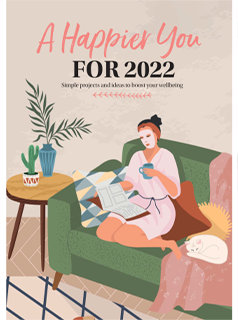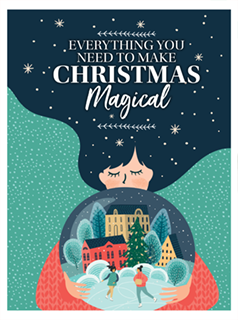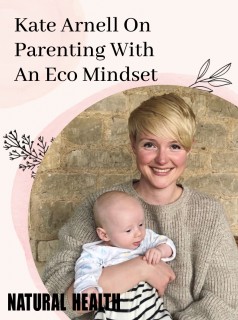Discover what music therapy could do for you
What is it?
For many of us, music is a big part of our lives, whether we play an instrument, are in a band or choir, or simply enjoy listening to it. And, thanks to the wide variety of genres that exist, there’s something to suit every taste, need and mood. Music offers us joy, comfort, peace and inspiration, evoking strong emotional responses, and is often linked to key personal memories.
In light of the powerful effect it can have on us, it’s no surprise that it’s used as a therapy. Music therapists draw upon the qualities of sound and melody to support people of all ages and at all stages of life, from helping newborn babies to bond with their parents to offering compassionate and soothing palliative care during someone’s last days.
What makes music so special is the fact that everybody has the ability to respond to it, and the therapy uses this connection to encourage positive changes in emotional wellbeing through engagement in live interaction between the therapist and patient. It enables people to create their own musical language with which they can explore and connect with the world and express themselves, and can also help to develop communication skills, boost confidence, increase selfawareness and improve concentration.
Due to the fact that participation and response don’t depend on the ability to speak, music therapy is particularly effective for those who have difficulty communicating verbally, such as children with autism, brain injury victims and dementia sufferers. It is frequently used to help people whose lives have been affected by injury, illness or disability by supporting their psychological, emotional, cognitive, physical, communicative and social needs, and the results can be pretty life-changing. To learn more and find a therapist visit bamt.org
What does it involve?
As music therapy is used to treat a wide range of people and problems, the nature of the session depends on the patient’s needs, and usually takes one of two forms – active or receptive. In the former, the therapist and patient actively participate in creating music using a variety of styles and instruments, such as the voice, and it is often improvised. Receptive therapy, on the other hand, takes place in a more relaxed setting in which the therapist makes or plays music to the patient, who is free to draw, meditate or simply listen.
Article by
Emily McMullin
Article by
Emily McMullin























